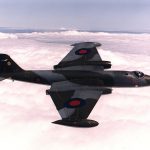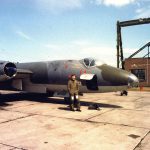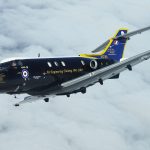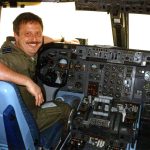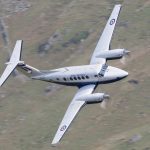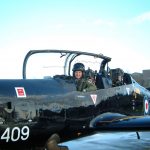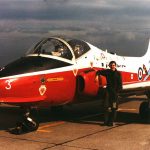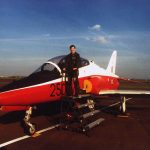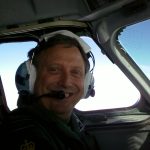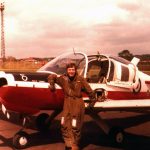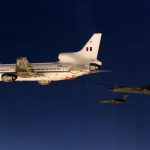Seneca V - Blog
Autopilot Test
I’ve modified the Autopilot test procedure to add a test of the Flight Director mode.
LPV Training
For those interested in Performance Based Navigation and RNP APCH operations, a very useful official training package may be found at the following website: RNP APCH down to LPV minima It covers the theoretical knowledge syllabus...
Flight Plan – Equipment Suffixes
I’ve made a few changes to the PBN equipment suffixes that need to be entered in Item 18 of the flight plan. These changes were necessary to properly represent the Seneca V’s capabilities.
Holding Patterns
I’m finishing off some notes on flying holding patterns in the Seneca V. They include some very useful illustrations of the G1000 in action and several hints on how to make things easy for yourself. So far,...
Use of Icing Equipment
I’ve added more guidance on the normal use of the Icing Equipment at the bottom of the Icing page. I hope you find it useful.
Principles of GPS
I’ve updated the GPS page and moved it to a new location under the heading Performance Based Navigation (PBN). Hope you like it.
Use of the Autopilot
I’ve changed the format of the Autopilot Test and Normal Use pages to make them more clearly readable on all formats of web browsers. Remember, it is a CAA requirement that you test all of the autopilot...
New QRH
The new version of the QRH has been issued; please start using it straight away. It makes all of the changes included in the Standards page, which I have now moved under the PA34 Tech menu,...
Landing Speed
The indicated airspeed at threshold (Vat) is defined by EASA (at GM6 NCO.OP.110) as equal to the stall speed (Vso) multiplied by 1.3 or where published, the (1g) stall speed (Vslg) multiplied by 1.23 in the landing configuration...

